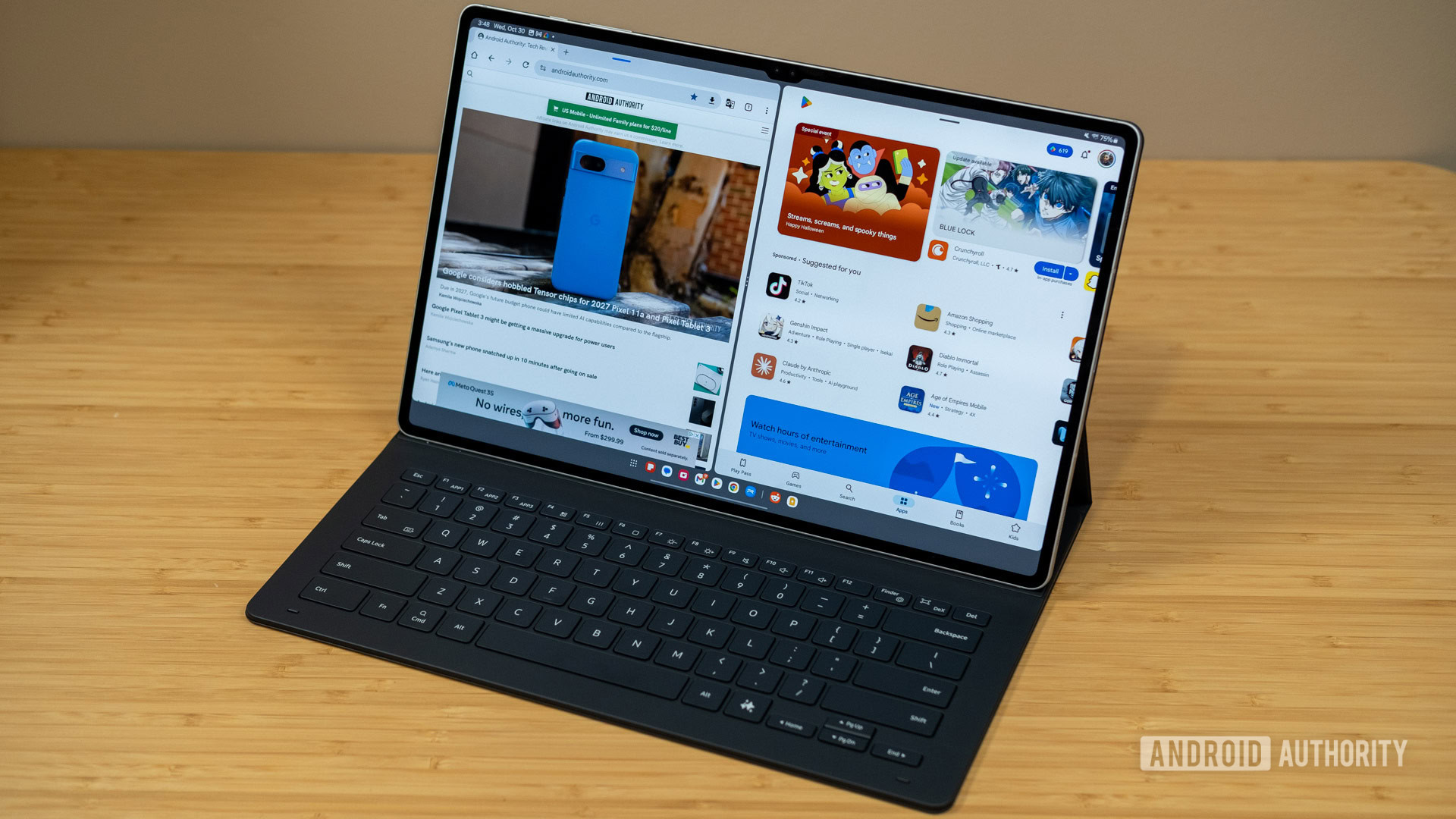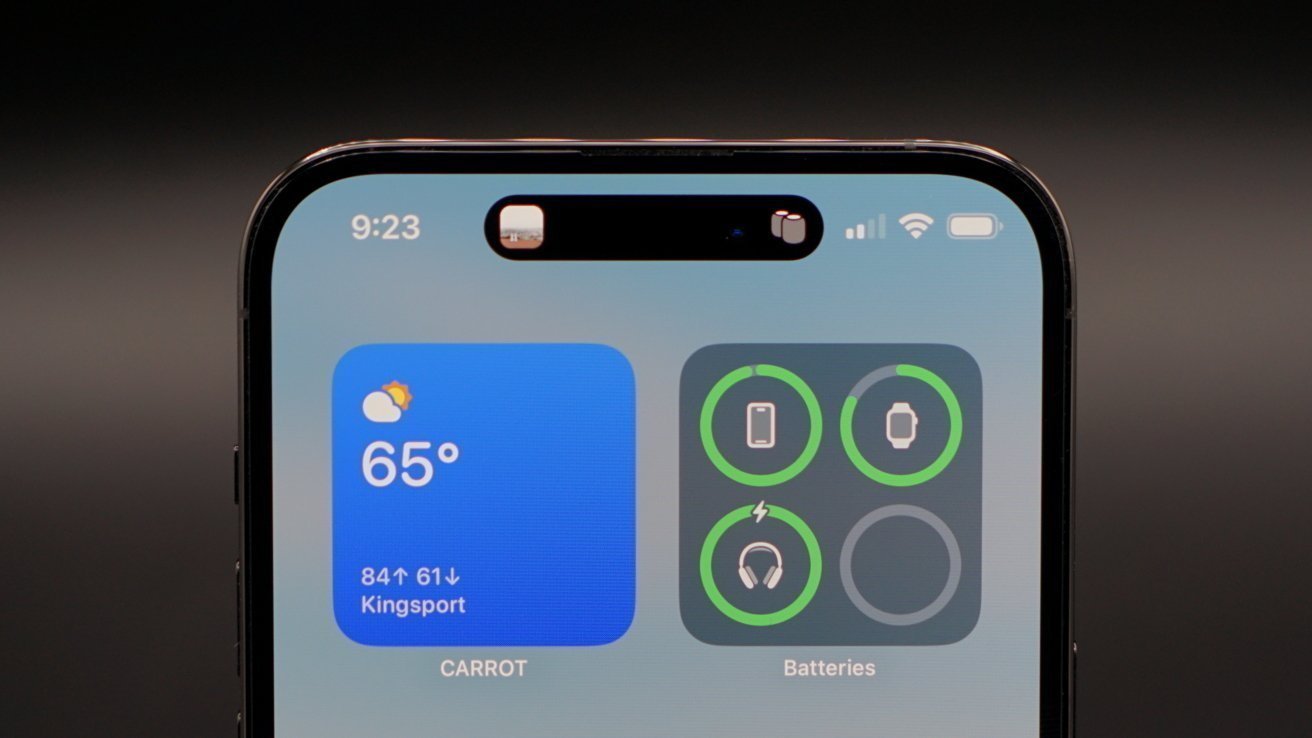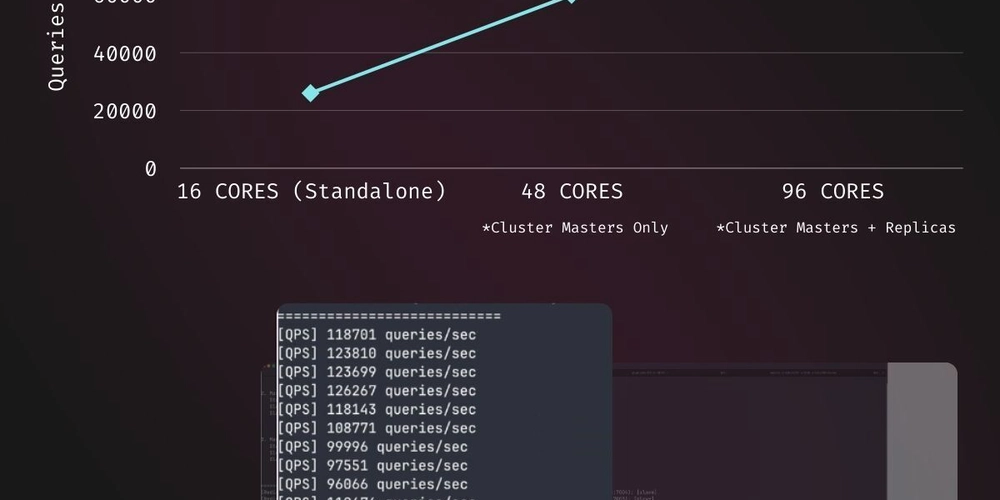What is Multiprotocol Label Switching?
Ever notice your internet slowing down when a lot of people are online? That happens because your data has to weave through a maze of routers to reach its destination. Multiprotocol Label Switching (MPLS) helps simplify this journey. It's a network technique developed in the late 1990s that still plays a vital role in modern data transport. What is MPLS? MPLS is a method of forwarding data more quickly by tagging packets with brief labels instead of using full IP addresses. These tags guide the data along predefined routes across a network. Whether you're streaming, chatting, or emailing, MPLS doesn't discriminate—it simply ensures your data gets where it needs to go with optimal efficiency. A Brief History Back in the mid-90s, when internet usage exploded, engineers were searching for better ways to manage increasing data traffic. A company called Ipsilon Networks introduced "IP Switching" in 1996, sparking interest from giants like Cisco and Toshiba. By 1997, the IETF stepped in to create a unified protocol, which led to the development of MPLS. By the early 2000s, MPLS had become the gold standard. Although new technologies have emerged, many large-scale networks still depend on it for dependable and rapid communication. Key Components of MPLS MPLS includes several crucial elements: Label: A short, unique identifier assigned to data for routing purposes. Experimental Field: Used to mark traffic priority and manage service quality. Bottom-of-Stack Bit: Indicates when the last label in the sequence has been reached. Time-to-Live (TTL): Limits how far data can travel, helping prevent routing loops. These components work together to allow faster, more predictable data movement across networks. Why Businesses Still Use MPLS MPLS is still widely implemented because it offers: Enhanced speed and lower latency Dedicated, dependable data pathways Custom prioritization for vital applications like voice and video Support for multiple types of data traffic Flexibility to grow as the business expands Simplified network configuration and maintenance Is MPLS Truly Private? MPLS offers a level of exclusivity, giving organizations their own paths within a provider's network. Think of it as a restricted-use lane on a highway. However, data isn’t encrypted by default. If someone intercepts the flow, it could be viewed—so, it's not fully secure on its own. For full protection, businesses typically pair MPLS with encryption tools like VPNs to add a stronger layer of security. MPLS in the Cloud Era Although MPLS wasn’t originally built for cloud-based services, it has evolved: Virtual Routing: Companies are layering software-defined routers on top of MPLS to connect with cloud platforms. Split Traffic Flow: Non-essential data is routed over regular internet connections, leaving MPLS lines open for mission-critical traffic. SD-WAN Synergy: Some organizations are combining or even replacing MPLS with SD-WAN, which offers more cost-effective and adaptable connectivity options. While MPLS can still be useful in cloud networks, it's clear that newer technologies are reshaping the landscape. The Bottom Line MPLS may be decades old, but its value remains strong for organizations that demand performance and reliability. As businesses shift more workloads to the cloud, MPLS continues to adapt—especially when paired with modern tools like SD-WAN. It's no longer the only solution, but it remains a trusted option in today’s ever-evolving tech environment.

Ever notice your internet slowing down when a lot of people are online? That happens because your data has to weave through a maze of routers to reach its destination. Multiprotocol Label Switching (MPLS) helps simplify this journey. It's a network technique developed in the late 1990s that still plays a vital role in modern data transport.
What is MPLS?
MPLS is a method of forwarding data more quickly by tagging packets with brief labels instead of using full IP addresses. These tags guide the data along predefined routes across a network. Whether you're streaming, chatting, or emailing, MPLS doesn't discriminate—it simply ensures your data gets where it needs to go with optimal efficiency.
A Brief History
Back in the mid-90s, when internet usage exploded, engineers were searching for better ways to manage increasing data traffic. A company called Ipsilon Networks introduced "IP Switching" in 1996, sparking interest from giants like Cisco and Toshiba. By 1997, the IETF stepped in to create a unified protocol, which led to the development of MPLS. By the early 2000s, MPLS had become the gold standard. Although new technologies have emerged, many large-scale networks still depend on it for dependable and rapid communication.
Key Components of MPLS
MPLS includes several crucial elements:
- Label: A short, unique identifier assigned to data for routing purposes.
- Experimental Field: Used to mark traffic priority and manage service quality.
- Bottom-of-Stack Bit: Indicates when the last label in the sequence has been reached.
- Time-to-Live (TTL): Limits how far data can travel, helping prevent routing loops.
These components work together to allow faster, more predictable data movement across networks.
Why Businesses Still Use MPLS
MPLS is still widely implemented because it offers:
- Enhanced speed and lower latency
- Dedicated, dependable data pathways
- Custom prioritization for vital applications like voice and video
- Support for multiple types of data traffic
- Flexibility to grow as the business expands
- Simplified network configuration and maintenance
Is MPLS Truly Private?
MPLS offers a level of exclusivity, giving organizations their own paths within a provider's network. Think of it as a restricted-use lane on a highway. However, data isn’t encrypted by default. If someone intercepts the flow, it could be viewed—so, it's not fully secure on its own. For full protection, businesses typically pair MPLS with encryption tools like VPNs to add a stronger layer of security.
MPLS in the Cloud Era
Although MPLS wasn’t originally built for cloud-based services, it has evolved:
- Virtual Routing: Companies are layering software-defined routers on top of MPLS to connect with cloud platforms.
- Split Traffic Flow: Non-essential data is routed over regular internet connections, leaving MPLS lines open for mission-critical traffic.
- SD-WAN Synergy: Some organizations are combining or even replacing MPLS with SD-WAN, which offers more cost-effective and adaptable connectivity options.
While MPLS can still be useful in cloud networks, it's clear that newer technologies are reshaping the landscape.
The Bottom Line
MPLS may be decades old, but its value remains strong for organizations that demand performance and reliability. As businesses shift more workloads to the cloud, MPLS continues to adapt—especially when paired with modern tools like SD-WAN. It's no longer the only solution, but it remains a trusted option in today’s ever-evolving tech environment.











































































![New Apple iPad mini 7 On Sale for $399! [Lowest Price Ever]](https://www.iclarified.com/images/news/96096/96096/96096-640.jpg)
![Apple Developing Battery Case for iPhone 17 Air Amid Battery Life Concerns [Report]](https://www.iclarified.com/images/news/97208/97208/97208-640.jpg)
![Apple to Split iPhone Launches Across Fall and Spring in Major Shakeup [Report]](https://www.iclarified.com/images/news/97211/97211/97211-640.jpg)
![Apple to Move Camera to Top Left, Hide Face ID Under Display in iPhone 18 Pro Redesign [Report]](https://www.iclarified.com/images/news/97212/97212/97212-640.jpg)












![The Material 3 Expressive redesign of Google Clock leaks out [Gallery]](https://i0.wp.com/9to5google.com/wp-content/uploads/sites/4/2024/03/Google-Clock-v2.jpg?resize=1200%2C628&quality=82&strip=all&ssl=1)
![What Google Messages features are rolling out [May 2025]](https://i0.wp.com/9to5google.com/wp-content/uploads/sites/4/2023/12/google-messages-name-cover.png?resize=1200%2C628&quality=82&strip=all&ssl=1)






























































































_Inge_Johnsson-Alamy.jpg?width=1280&auto=webp&quality=80&disable=upscale#)




























































































































![[The AI Show Episode 145]: OpenAI Releases o3 and o4-mini, AI Is Causing “Quiet Layoffs,” Executive Order on Youth AI Education & GPT-4o’s Controversial Update](https://www.marketingaiinstitute.com/hubfs/ep%20145%20cover.png)









































































































































![Re-designing a Git/development workflow with best practices [closed]](https://i.postimg.cc/tRvBYcrt/branching-example.jpg)




















![From Art School Drop-out to Microsoft Engineer with Shashi Lo [Podcast #170]](https://cdn.hashnode.com/res/hashnode/image/upload/v1746203291209/439bf16b-c820-4fe8-b69e-94d80533b2df.png?#)



![[DEALS] Microsoft 365: 1-Year Subscription (Family/Up to 6 Users) (23% off) & Other Deals Up To 98% Off – Offers End Soon!](https://www.javacodegeeks.com/wp-content/uploads/2012/12/jcg-logo.jpg)
































































































